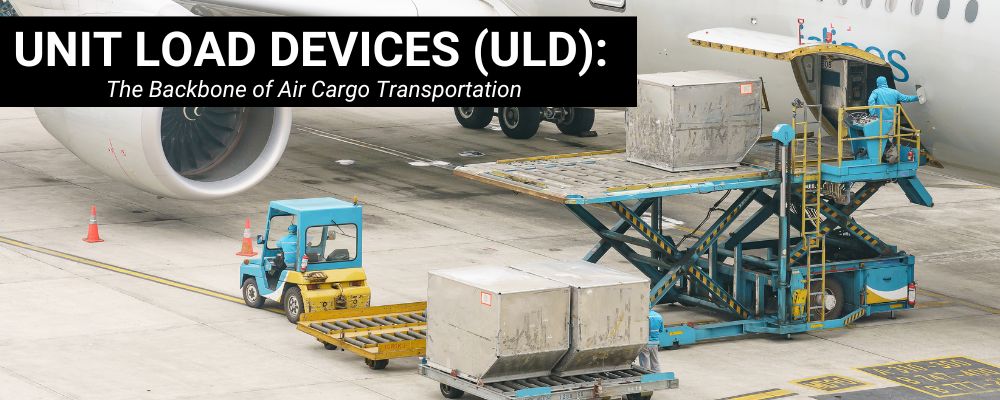
Unit Load Devices (ULDs) play a crucial role in the transportation of baggage and cargo through air travel. These specially designed containers and pallets are securely placed within aircraft holds to ensure safe and efficient transportation. In this article, we will explore the significance of ULDs, their classification system, and the various types available in the industry.
Understanding ULDs:
A unit load device is essentially a container or pallet used for storing baggage and cargo during air travel. They are equipped with specific dimensions suitable for different aircraft models. One key aspect of ULDs is that they must be secured tightly to prevent any movement within the hold during flight.
ULDs are essential to the air cargo transportation industry in numerous ways:
1) Optimal Space Utilization: By utilizing standardized sizes and shapes, ULDs help maximize available space within aircraft holds, ensuring efficient utilization.
2) Ensuring Safety: Properly securing baggage and cargo prevents shifting or movement during flight, thereby minimizing the risk of damage.
3) Streamlining Processes: The introduction of a global standard identification system for ULD codes has simplified tracking, handling, and transfer processes between airlines and airports worldwide.
4) Compatibility & Efficiency: Classification through ULD codes helps determine which aircraft models are suitable for loading specific containers/pallets, resulting in streamlined operations.
Identification System:
To streamline operations involving multiple parties handling ULD transfers between airlines and airports globally, an identification system was introduced by the International Air Transport Association (IATA). This standardized approach ensures each ULD is assigned a unique identifier known as an “ULD code.” This code comprises a combination of letters and numbers that provide information about the type, size, shape, and ownership details associated with each unit.
Decoding the ULD Code:
The three-letter prefix at the beginning of every ULD code carries significant importance as it helps identify essential characteristics such as type, size base measurement, contour shape/containers’ restraint system/pallet type.
For instance:
– The first letter represents the type of ULD
– The second letter represents the base size
– The third letter represents either container contour or palette restraint system
This valuable information aids in determining both compatible aircraft models for specific ULDs and the type of cargo they can accommodate.
Types of ULD Containers:
ULDs come in two forms – containers and pallets. Containers can also be referred to as cargo pallets or PMC (Passenger Mail Container) pallets. Each ULD has its unique packing list or manifest, allowing for easy tracking of its contents throughout its journey.
1. Demi
2. HMA Stall
3. LD1
4. LD11
5. LD2
6. LD26
7. LD29 (Reefer)
8. LD3 (Reefer)
9. LD39
10.LD4
11.LD6
12.LD7
13.LD7 with angled wings
14.LD7 with folding wings
15.LD8
16.LD9
17.M1
18.M1H
19.M2
20.M6
21.M6 118
22.H M6 Twin Car Rack
23.MDP
24.PLA Half Pallet
25.PMC P6P
26.Palette
27.PNA Half Palette Type A
28.Pen
Each container type serves unique purposes based on size, shape, and specific features required for different types of cargo.
Unit Load Devices (ULDs) play an integral role in the air cargo transportation industry by providing safe storage containers for baggage and cargo during flights globally. These standardized containers and pallets ensure optimal utilization of aircraft holds, enhance safety measures, and streamline handling processes. The global standardization of ULD identification systems has made it easier for airlines, cargo handlers, and freight forwarders.
